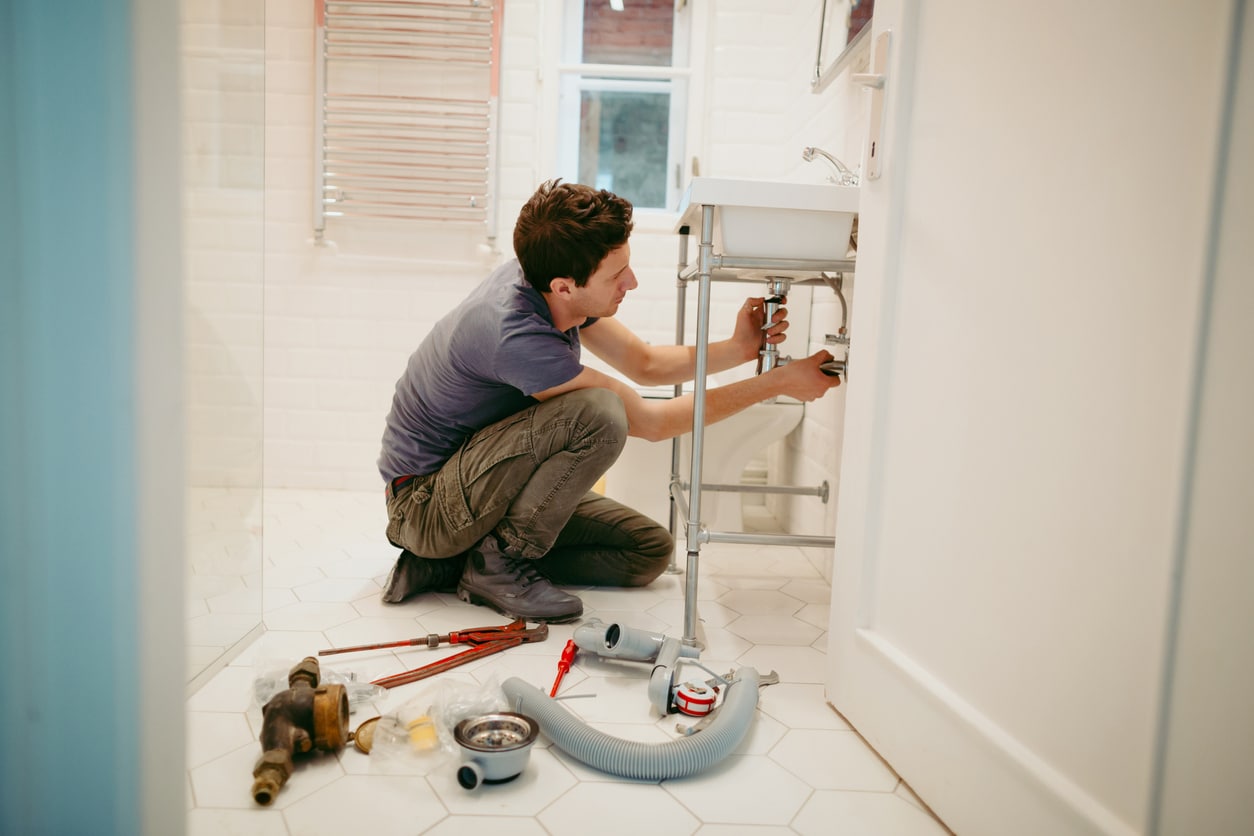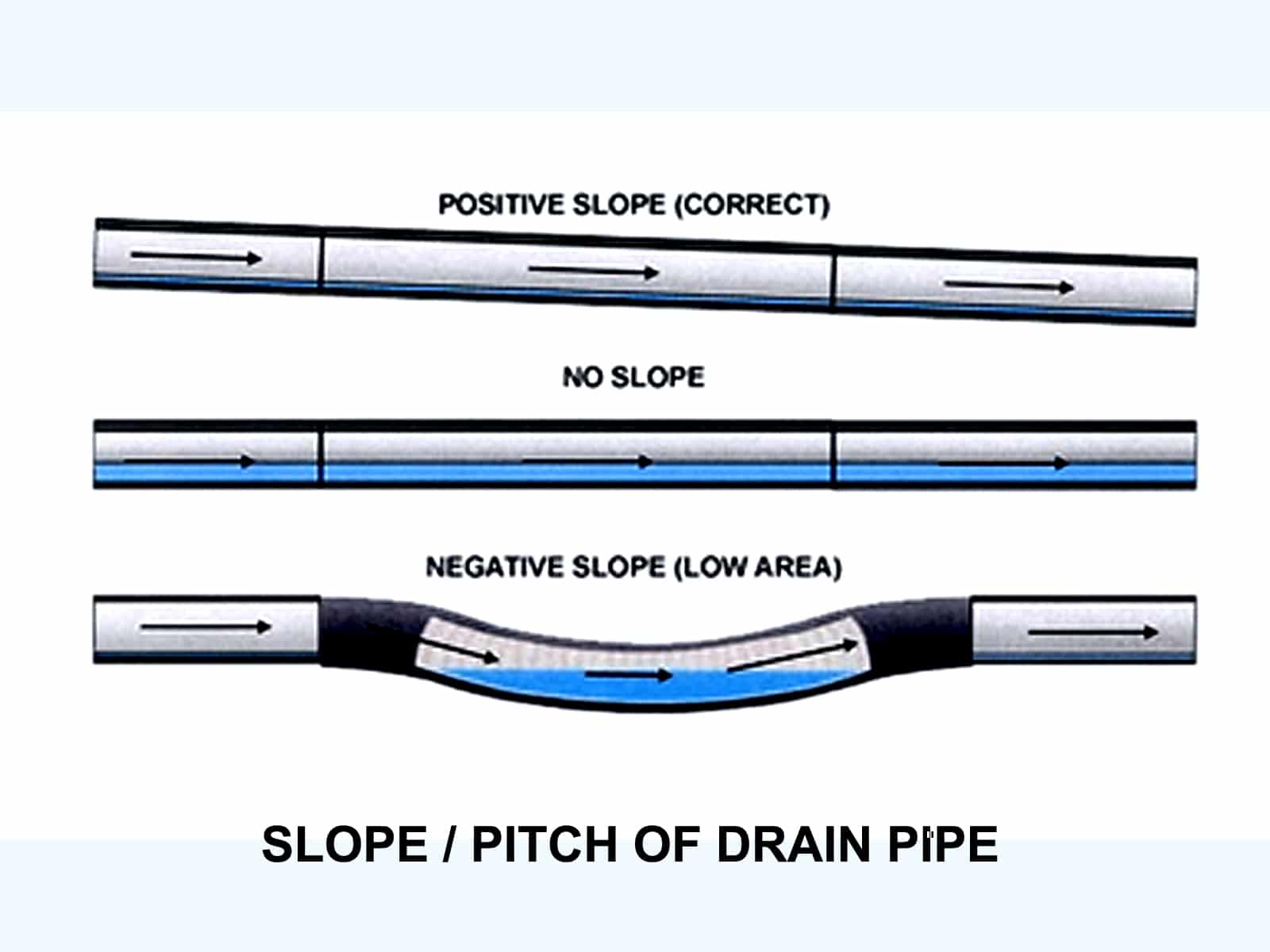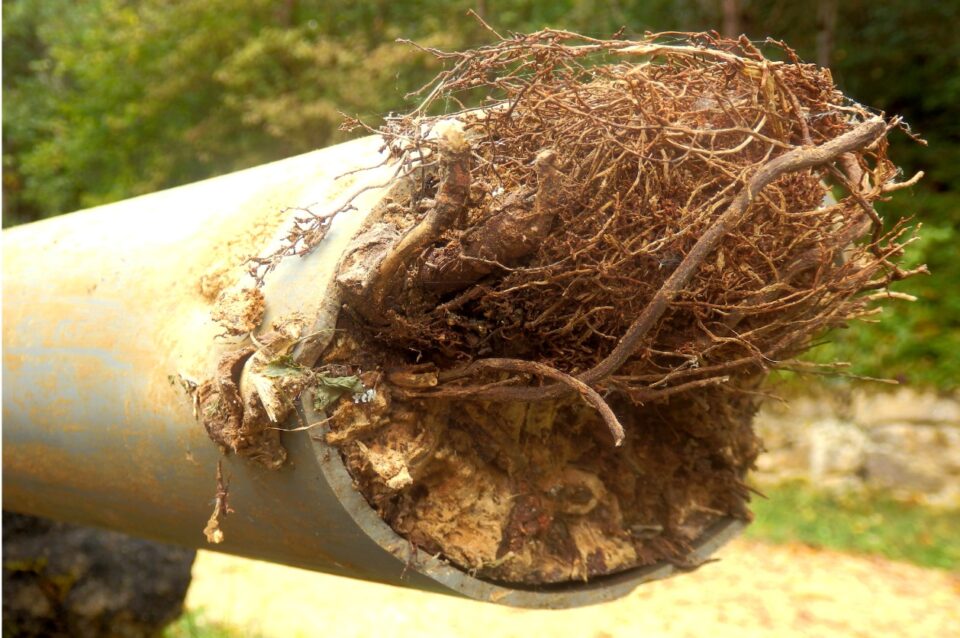Are you a homeowner wondering how to locate a drain clog, and pinpoint your drain clog location? Finding a drain clog can be confusing and costly; that’s why it’s essential to know some basic facts about water in your drain pipes.
When the water flow slows down, there’s likely a clogged drain problem. This is because water seeks its level. As a result, it tends to escape from the lowest access point in the house, such as the shower. Are your toilets not flushing? Or are the sinks not draining? Don’t worry; these are some of the indicators of a clogged drain.
Whether you’re a real estate management company or a homeowner, it’s crucial to understand your house’s water drainage system and the possible causes of clogging to help you figure out where the drain clog location is exactly.
This article will help you figure out where the clogging problem is located. We will also provide expert advice on how you can clear the clogged drains.
What Causes Clogging in Your Drains?
Before you even look at how you can locate a clog in a pipe, let’s first delve into why clogs in water pipes happen in the first place. A clogged drain is a drain that has accumulated debris over time, making the drain slow down.
When a clogged drain is not fixed, it can escalate from being a minor issue to causing major problems such as slow water drainage, basement flooding, or even worse, sewage backup accompanied by costly repairs.
What are the most commonm causes of drain clogs?
The most common causes of blocked pipes and clogged drains in a household include traditional soaps made with fat and grease, food waste, hair, toilet paper buildup, mineral buildup, and excess dirt or mud. In some cases, a clogged or broken sewer pipe can be the typical problem and cause a main sewer line clog. Whereby an aging pipe disintegrates into the ground, or the tree roots grow into the pipe.
However the most common drainlocation is inside the main house trap or a plumbing fixture trap. Trap clogs serving plumbing fixtures are the easiest to diagnose becuase they only affect the one plumbing fixture the trap serves.
How to Know Drain Clog Location in Your Drains or Pipes
So, you’re already aware of the possible causes of your clogged drains. But how do you know the drain clog location? Pinpointing a blockage or a clog might not be realistic, but some practice goes a long way.
To handle the situation, first, you need to determine the drains that work and those that don’t to help you locate the clogs.
Knowledge is power when it involves determining a drain clog location: 6 Tips
Generally, you can use logic to locate the approximate drain clog location in a pipe. For instance, water will tend to escape from the lowest access point, such as a shower. So, whenever you take a shower, the water flows into the drains and encounters the clog. This eventually backs up to the nearest outlet or escape. Here are some ways you can use to locate a clog in your pipe:
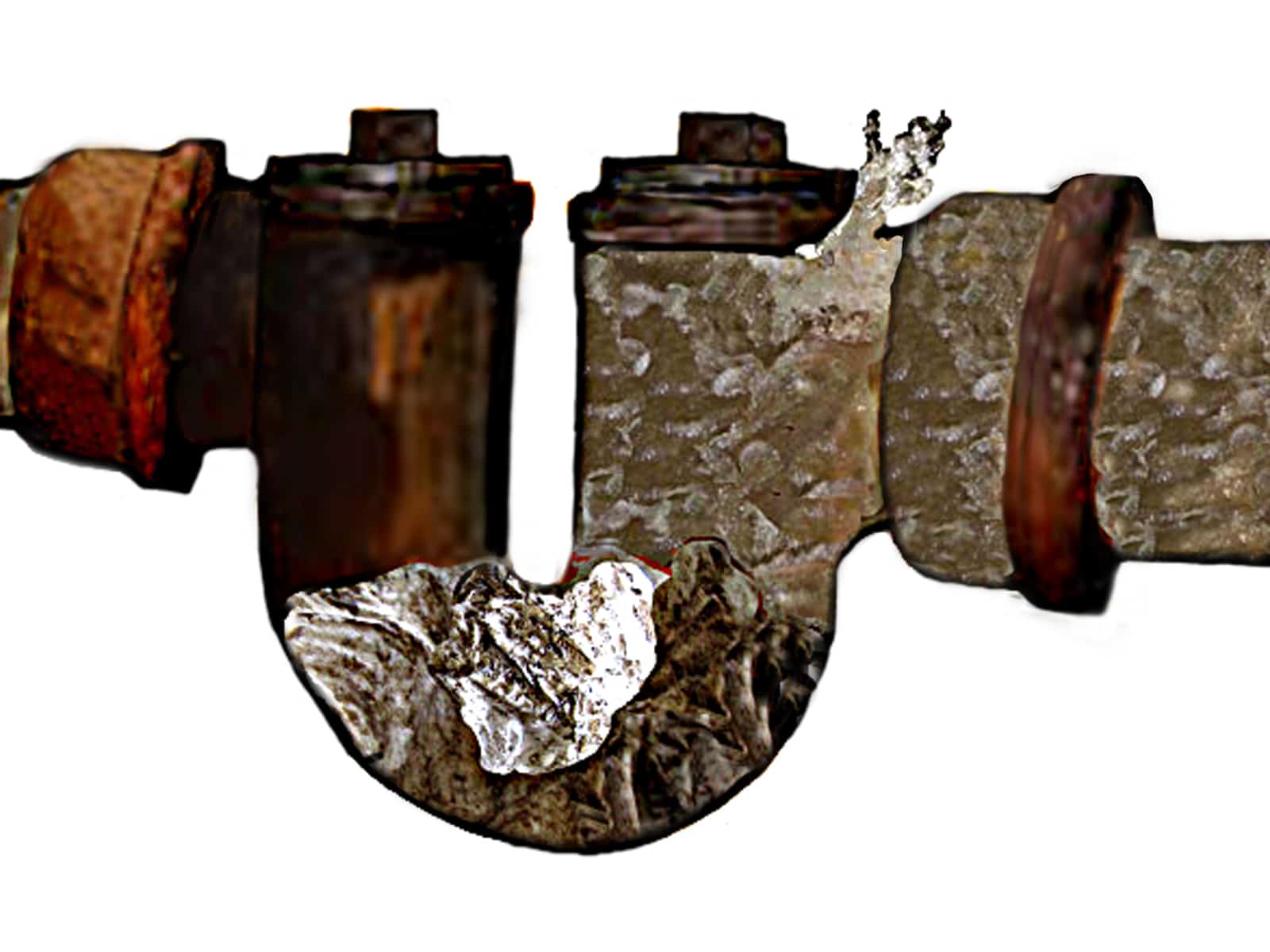
1.Use a Plumbing Snake or Auger
You can find a plumbing snake, also known as a draincleaning machine, at a home improvement store or hardware store near you. They’re available in both drill-powered, motor-powered, and hand-powered, and you can choose any depending on your budget.
Using a plumbing snake can be easy. However, it takes some practice for you to get a feel and locate the clogs. First, you need to keep note of how much pipe you fed out before hitting the clog. You can then measure along the line and determine the clog’s location. If you lack an idea of how plumbing snakes work, don’t be stressed out, you can call a sewer snake expert to help you unclog your drain.
2. HD Sewer Camera Inspections
Modern sewer cameras provide crystal clear HD images and also contain locaters to pinpoint where the camera is seeing the defect or clog and define the drain clog loaction. In many cases a sewer camera inspection is a good idea before you purchase a home.
3. Sewer Robots With Cameras
Another way to pinpoint a drain clog location is to use a robotic ball by sending the robot down the pipe to locate the clog. However, this can only be achieved if your water pipes are large enough. In addition, getting the robot back from the drain might be a challenge.
4. Magnets
Strong magnets are used if the water lines are made of plastic, for instance, ABS and PVC water pipes. First, choose a strong magnet that has a hole and tie a string to the magnet. The next step is to slide the magnet into the drain, followed by a large volume of water to push it down the drain. Lastly, run another strong magnet along the pipe on the outside until you feel the magnet located inside of the pipe, and you’ll know the position of the clog in your water pipe.
5. Use Flushable Transmitters
You can use flushable transmitters to learn the drain clog location in the pipe. Flushable transmitters can be sent into the drain line and located by a receiver once they’re inside the line.
6. Non-Tool Method to Locate a Clog in a Pipe
The best non-tool method to use if you want to know the location of a clog in the pipe is perhaps your forearm. You can drain the pipe, fill the partially blocked pipe with hot water, and use your forearm to feel the pipe. Alternatively, instead of using your forearm, you can opt for other tools like an infrared camera or a temperature gun if you’re in a position to get one.
When you’re unable to access the pipe to check for the temperature, you can estimate by volume. For instance, 10 feet of about one-and-a-half-inch pipe holds about 92 gallons of water. If the clog has drained completely overnight, leaving little water in a tap, and it takes one gallon to fill back the pipe, this will indicate that the clog is slightly over 10 feet down the line.
How Can You Unclog Your Clogged Drains?
More often than not, clogging in pipes can be solved using a plumbing snake used at the fixture, accompanied by other standard drain cleaning tools like screwdrivers and chemicals used to clean drains. But, before you even get that far, you’ll need to locate your drain cleanout. Read a great guide about a drain clean out, and where they are typically located.
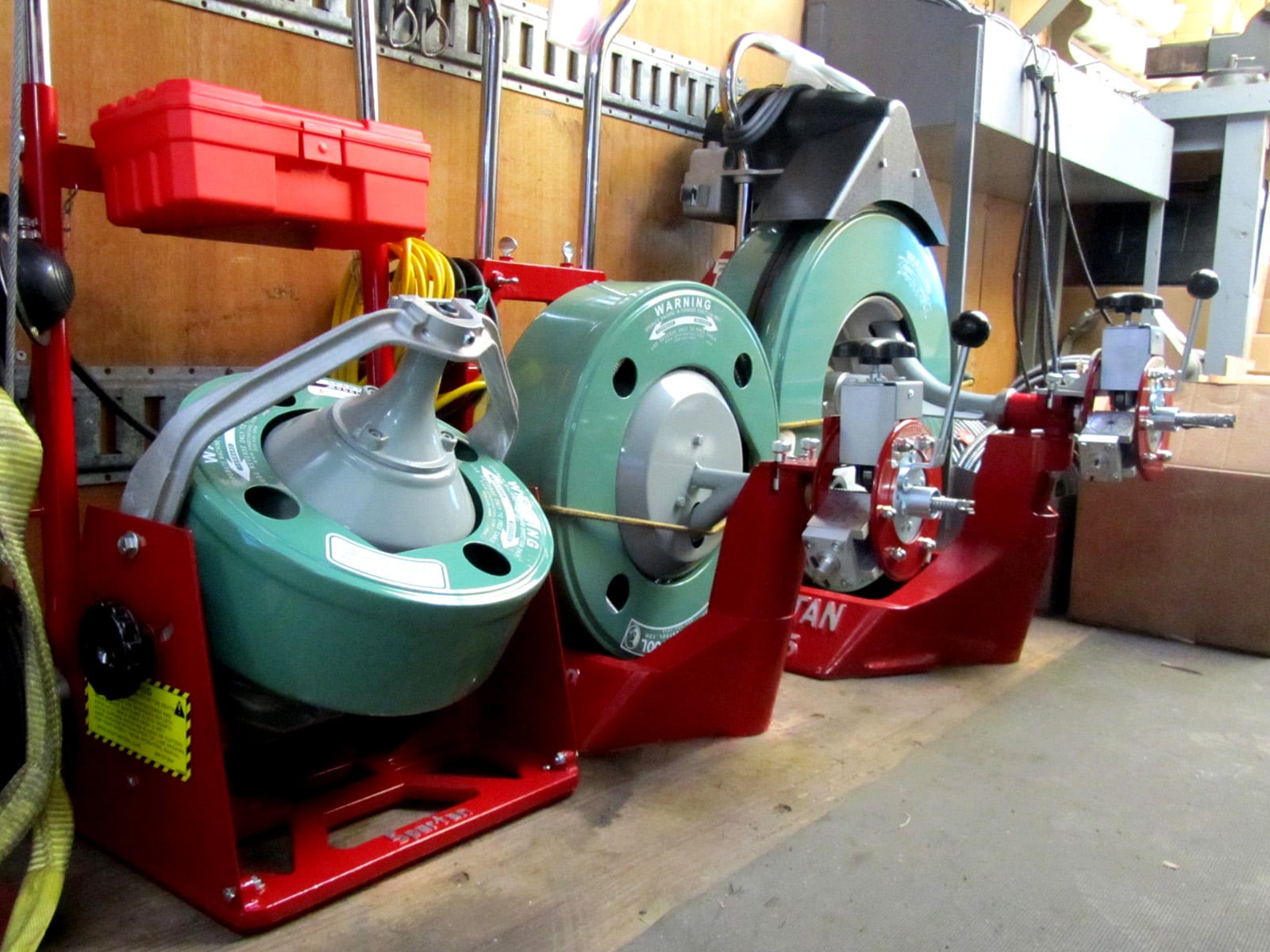
Sometimes, however, a city sewer backup can appear like a clog inside your home. It’s therefore essential to be aware if you’re a homeowner. It’s also important to have general knowledge about clogged drains because knowledge is power when it comes to locating where your pipe clog is located.
Pro Tip: If you’re a homeowner without experience with plumbing, do not try clearing the clogs by yourself! In some cases, a sewer clog can be many feet away from where the water escapes. For instance, in the case where a sewer backup appears like a clog inside your home, trying to clear out your main tap house may cause severe damage that will be costly to fix.
Most Times, You’ll Need a Professional Drain Expert
Frequently, it’s best to call a professional drain expert before you start taking things apart! The Balkan Team is the most trusted house sewer and water service line company in NYC. We strictly offer services in Brooklyn, Manhattan, Queens, Nassau, and Bronx counties. So, whether you need professional drain help or just expert advice tp find you drain clog location, feel free to contact us.

